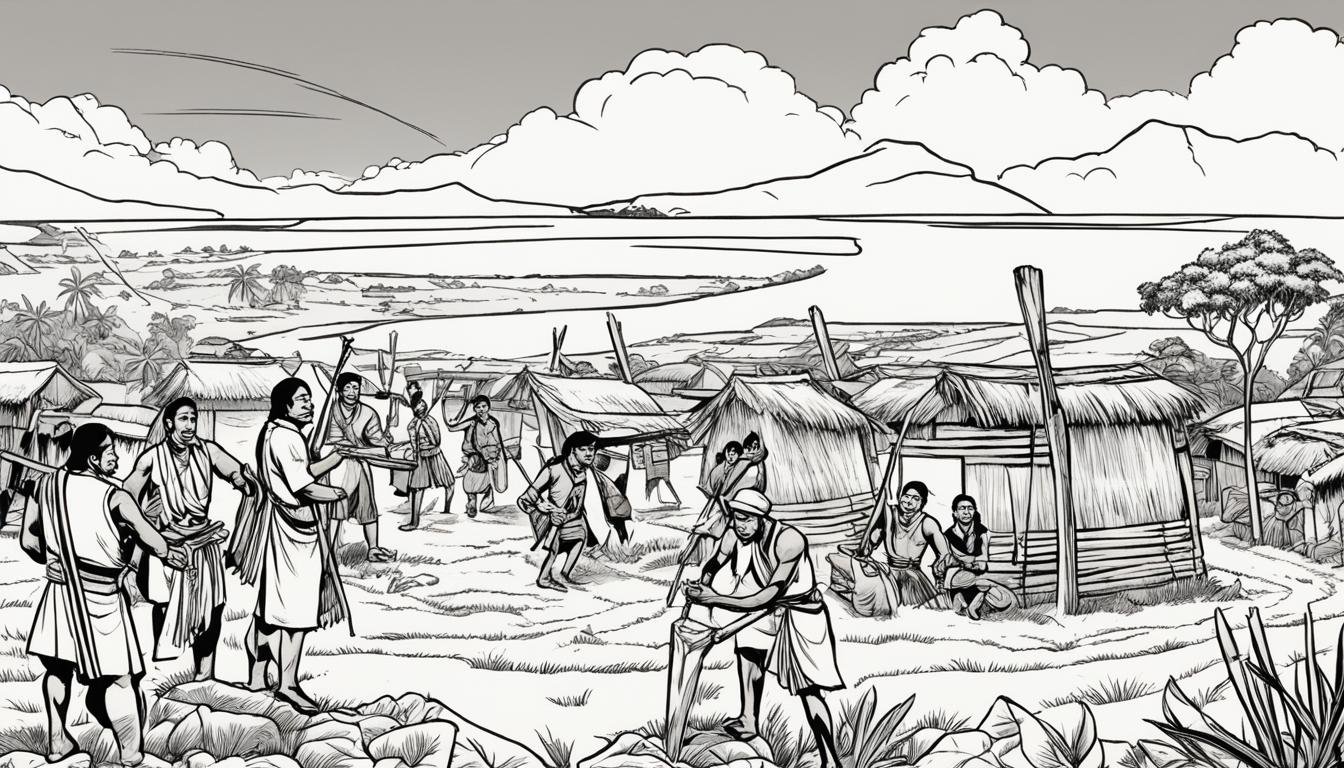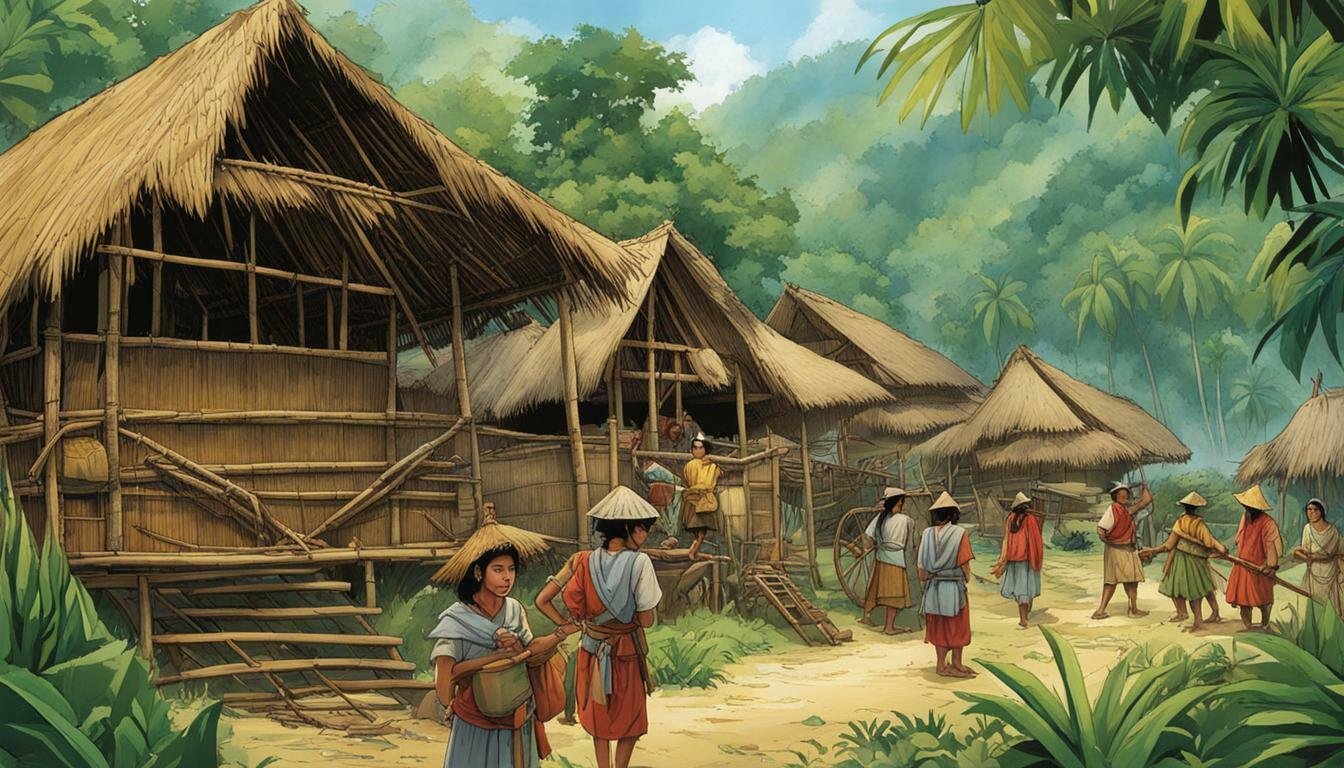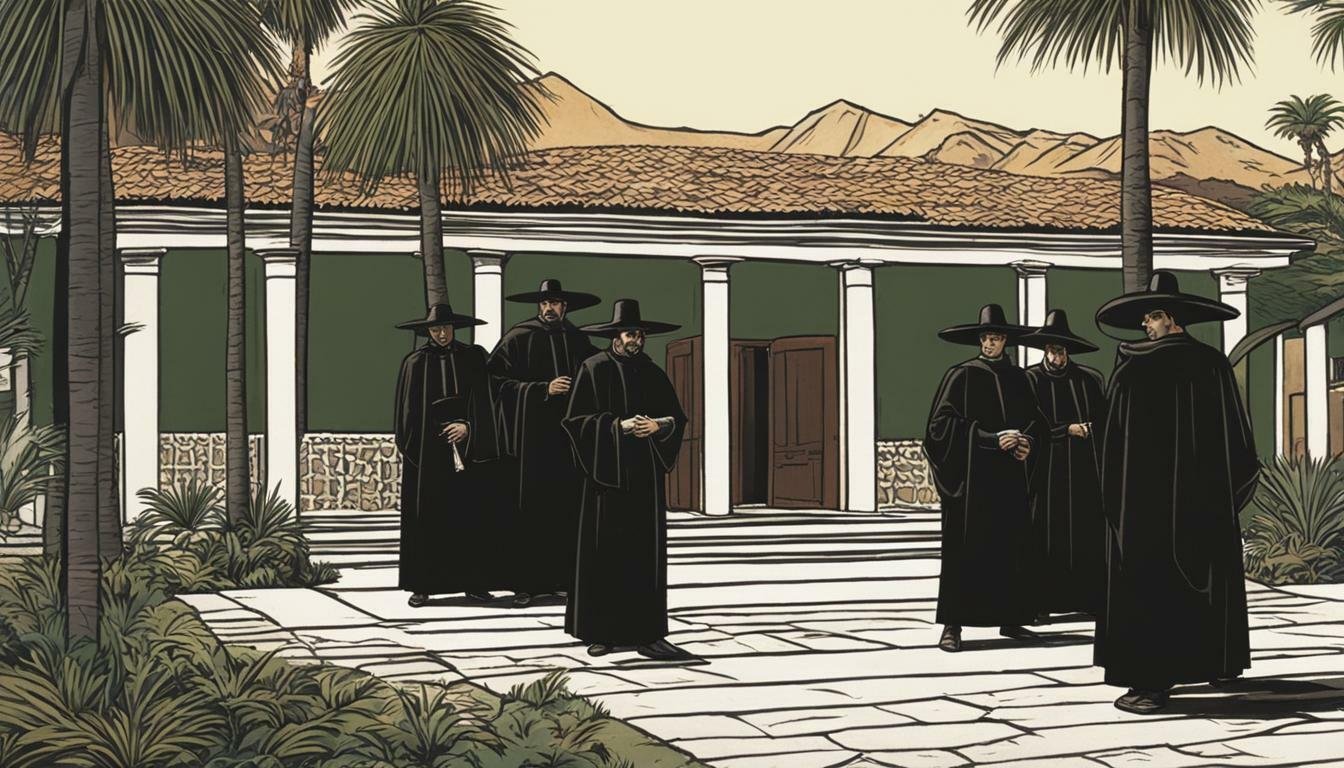The arrival of Ferdinand Magellan in 1521 marked the initial contact between the Spanish Crown and the archipelago that would later be known as the Philippines. However, it was the expedition led by Miguel López de Legazpi in 1565 that initiated the formal Spanish colonization Philippines. Establishing settlements first in Cebu, then Panay, and eventually…
Tag: Social Structure
The Life of the Alipin Class
The tapestry of Philippine history is rich and complex, woven from the threads of diverse cultures, migrations, and social structures that existed long before the arrival of European colonizers. Among the most intriguing, and often misunderstood, aspects of this pre-colonial society was the Alipin class. Far from a monolithic group, the life of the Alipin…
Philippines’ Spanish Friars: A Legacy of Colonialism, Land Ownership and Philippine Haciendas
The arrival of the Spanish in the Philippines in the 16th century marked the beginning of over three centuries of profound transformation. While the Spanish Crown sought new territories and trade routes, the cross arrived alongside the sword. Spanish friars, representing various religious orders, became the vanguards of the colonizing force, extending their influence far…
The Role of the Family in Pre-Colonial Philippine Society
Did you know that in pre-colonial Philippines, the family was not just a social unit but the backbone of entire communities? It played a pivotal role in shaping the cultural, economic, and political landscape of the time. Unlike modern households, early Filipino families were deeply interconnected, often functioning as extended groups that provided care, security,…
The Role of the Community in Pre-Colonial Philippine Life
Did you know that pre-colonial Philippine societies were composed of 30 to 100 families, tightly knit through shared traditions and governance? These groups, often called barangays, were the backbone of social and cultural life long before foreign influences arrived. The term “community” traces its roots to the Old French word communeté and the Latin communitas,…





